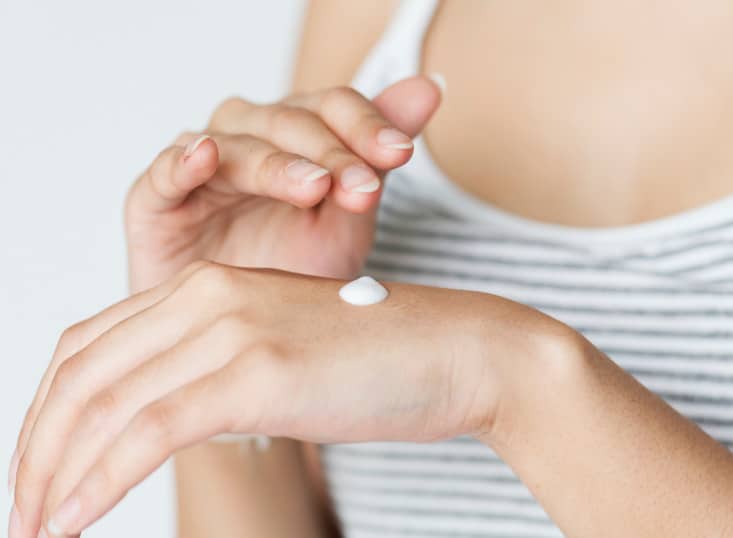The beauty products with anti-pollution battling skin care are on the rise in markets. The increasing pollution levels, the deteriorating air quality, the depleting ozone layer and wider climate concerns, have all caused a huge shift in consumers’ attitude over the past few years.
This is one of some reason that reflected in the new range of anti-pollution lines being churned out by almost every high-end skincare brand across the world today. A study by Neilson, a global data and research company, states, “anti-pollution creams and formulations are rising compared with overall skincare

Moreover, rising pollution levels in countries is driving demand for anti-pollution skincare products in the region more than others, according to a 2020 report on Anti-pollution Skincare Products Market: over 90% of the world’s population lives in places where air pollution is above WHO guidelines.
Almost every skincare brand today has an anti-pollution line to its name and the ingredients in anti-pollution products range from Vit C and E extracts, to hyaluronic acid and antioxidants, to charcoal, green tea and matcha.
React4life, dealing with in vitro tests conducted in highly technological environments (bioreactors), has designed and patented an innovative cosmetic anti-pollution test that allows for the first time to quantify the pollutants that enter the skin. The bioreactor used in the test houses leather inserts of varying complexity to reproduce the dermal barrier, also simulating the capillary and lymphatic flow below the skin. The test therefore allows for precise and reproducible data on the shielding effect of anti-pollution products.
Read more about our Anti pollution test

